"Knowledge and innovation will help Brainport escape the crisis"
"Now during the corona crisis, the focus on the Brainport region is extra important." President of the Executive Board Robert-Jan Smits said it last Monday during the online opening of the new academic year at TU/e. Brainport recently launched a new medium-term agenda that aims to safeguard the future of the region. Where do TU/e and the Brainport region meet when it comes to economic growth and recovery in times of corona?
With all the commotion about corona, is there still momentum for this type of strategic economic agenda? That question must have also come to mind of Paul van Nunen, director of Brainport. “It was finished just two weeks before the crisis started in March,” Van Nunen says. “We froze the plans for a while, because the health crisis and national security had priority. A lot has happened in the meantime, but we realize that the content has simply remained relevant. Our economic strategy is aimed at using knowledge to come up with solutions for major societal challenges, for which we can also make machines with our manufacturing industry in this region. This ensures broad employment on the one hand and a robust economic position on the other." According to the Brainport director, the technologies and markets related to mobility, food and digitization will remain relevant even after the corona crisis.
“In fact,” adds Clément Goossens, head of Industry and Government Relations at TU/e, “those markets will expand even further. More and more attention is being paid to the energy transition and the climate, for example. We must continue with the plans made for the region, especially during these times. Don't hit the brakes because of the corona crisis. Investing in energy and key technologies (important technologies for the future with a broad range of applications, such as artificial intelligence and nanotechnology, ed.), for example. ” Van Nunen: “I think we no longer need to convince Brussels or The Hague how important key technologies are for the economic and geopolitical position of the Netherlands. People are quick to nod ‘yes’ when you start talking about this."
Focus on institutes
Smits: “What is new in this medium-term agenda (aimed at roughly 2020-2025) compared to the previous one, is the clearer focus on the transitions and the new financial capital of the Netherlands. Institutes EAISI (for artificial intelligence) and EIRES (for renewable energy) contribute to this.” Goossens adds: “It is not only the focus on having institutes, but also that setting them up is done together by educational institutions, research institutes and the business community. You can see that in the previous agenda we were still looking for ways to organize innovation. Now it is more of a well-oiled machine.”
Van Nunen: “Because we work together in those institutes, it is also useful for all parties: what is the power of the technology, what does the world need and how can we make money with this knowledge? Because if governments, knowledge institutes, education parties and the business community sit at the table from the start, all these matters are thought through. It would be crazy if companies could make completely different things than what the schools and universities prepare the employees of the future for.”
What will investing in institutes look like? What can we expect?
Smits: “We look at who the partners in the region are who can work together in the institutes. Which industries will soon be able to make machines based on our knowledge? Yes, the university puts money into those institutes, but we also want the industry to make a long-term commitment to the university's ambitions. We want the Brainport region to work long-term and look for strategic partners. A crucial theme in the region is, for example, artificial intelligence in mobility. I am really impressed by the enormous visibility that EAISI already has: not only regionally but also nationally and internationally. Then you see how useful an investment in an institute is."
Is the goal of ‘a balanced labor market’ compromised now that expats stay away and there are travel restrictions?
Van Nunen: “We now have six thousand vacancies on the Brainport job portal in the middle of these corona times, of which a thousand are in English. We don't have those people and that remains a huge concern. The extent to which we need people is so high that TU/e alone cannot provide that: we continue to need extra international talent.” It is good to know that TU/e supplies graduated engineers. The region needs talent at all levels, from secondary vocational education to university education.
Goossens: “Contrary to all expectations, the number of applications from international students is still increasing at this time. The appeal of the Netherlands is and remains great. The big question mark is how the situation will develop in the coming months and whether a possible second wave will entail serious (new) travel restrictions. ”
In which start-up does TU/e see the greatest opportunity for innovation (in terms of social impact?)
Goossens: “The TU/e is very strong in system engineering, including automotive systems. Lightyear is an example of this (emerged from Solar Team Eindhoven, ed.). Those technologies are truly innovative and the startups think out of the box and are not afraid to go anti-establishment. We feel very hopeful about that. Just as we are about the new forms of education in innovation Space. They try to motivate students to find solutions to the current crisis. And yes, it is acute, but the climate and the energy transition are as well, which we can’t lose sight of. Start-ups can really set things into motion.”
Speaking of Lightyear: I saw a post from Tessie Hartjes, marketeer at Lightyear, about how the IND salary requirement for highly educated internationals is killing start-ups. This requirement does not match the money that these companies can afford and thus creates difficulties in employing international talent. Is there also more attention for this in the agenda?
Smits: “We pay a price for the success we have here. As a university we still have been able to attract top talent until now, but I can imagine that this is an issue for startups. Many of our own students would also like to work for a cool startup.
Van Nunen: "The power of Brainport can in any case be of added value here: if such a message reaches the collective table via a partner in the network, we can address it together."
How does the multi-year agenda relate to the Strategy 2030? Isn’t this duplication of work?
Strategy 2030 is specifically about our own university, the medium-term agenda is about our position in the region and the collaboration with the partners from the region,” Smits says. "The medium-term agenda for the Brainport region is very relevant right now: more and more it is becoming clear that the way out of the crisis is through knowledge and innovation. It is the only way. All this geopolitical tension has also raised awareness of the importance of having reliable partners close by. Read: the region. The supply chain of knowledge needs to be revised. If we have good knowledge here in the Eindhoven area, companies should not look elsewhere. This medium-term agenda is therefore also somewhat a TU/e agenda,” Smits says.
According to Smits, Strategy 2030 and the Brainport agenda go well together. "We see this reflected, for example, through focus on education in the Brainport agenda, as well as attracting and training talent, etc. More than ever, we must return to our roots and anchor this international university in the region. Collaborate in and with the region and do what we were founded for: educating people and developing knowledge.”
Van Nunen wholeheartedly agrees: “We see in all the strong ecosystems in the Netherlands - Twente, Wageningen, Delft and Eindhoven, without attaching any value to the order - that a good university is centrally located there. That is a vital part of a successful ecosystem. Without the TU/e, Brainport would have never been this strong.”
Where does the Brainport medium-term agenda stands for?
The Brainport Foundation was once founded by 21 municipalities from the Brainport region, that also provide funding. The board consists of local authorities, educational institutions and companies that together want to ensure that the region is strong in the manufacturing industry. They also want to prevent a hard economic dip like in the nineties when unemployment figures soared.
Brainport's medium-term agenda is based on collaboration and is intended to keep everyone on the same page and to continue to support economic development. The TU/e plays an essential role in this with its research and the university also has a seat on the foundation's board, which is now occupied by TU/e’s President of the Executive Board Robert-Jan Smits.
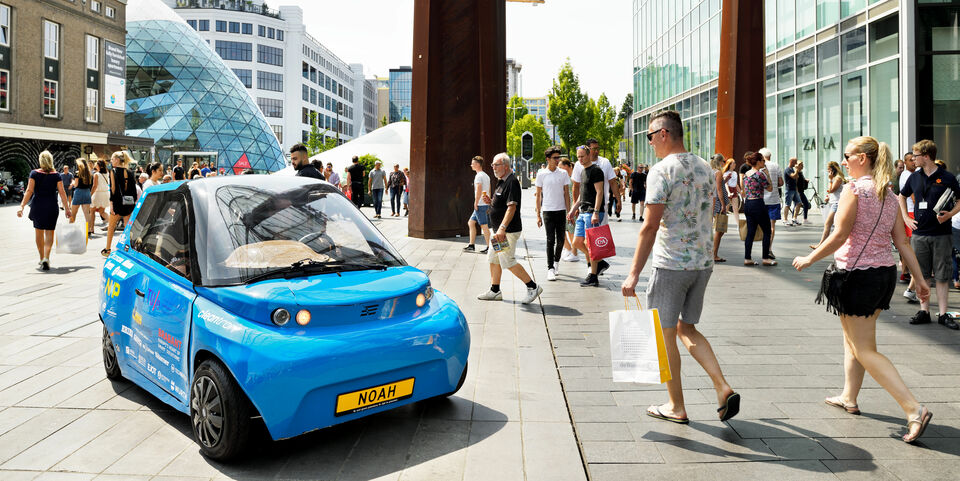

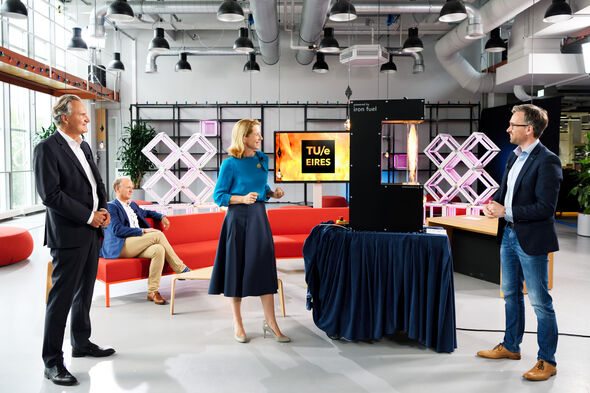
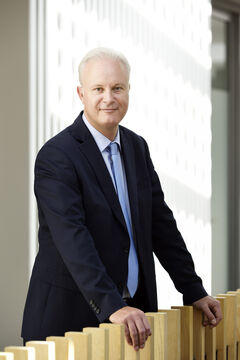
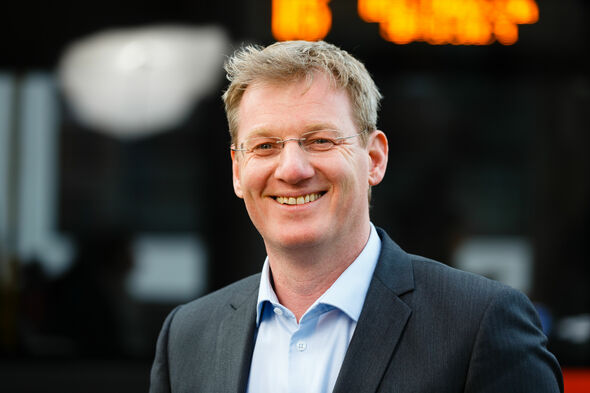
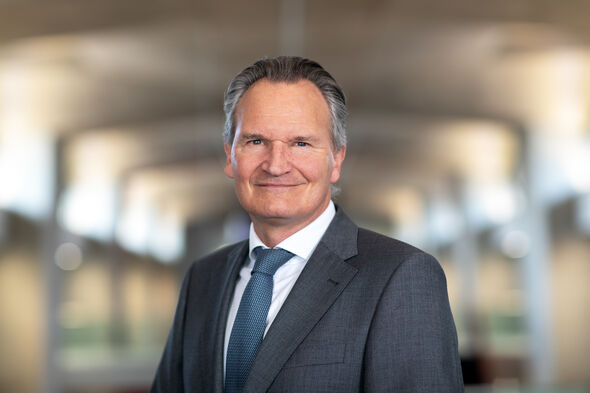
Discussion